So you’ve always wanted to own a beautiful flock of chickens that would supply you with enough fresh eggs that you’d never have to add that to your grocery list again. But one problem. Your small backyard is not exactly the right environment for chickens to thrive and be happy. All hope is not lost just yet.
Bantam chickens are like a miniature versions of a standard chicken. In fact, you can keep up to three bantam chickens in the same space it would take to keep just one standard-size chicken. Their petite size is the perfect solution for small backyards.
Bantam Chicken Overview
| Size | Small |
| Body Shape | Compact |
| Country of Origin | Indonesia |
| Weight | Rooster: 1.5-2.5 pounds (0.7-1.1 kg)
Hen: 1-2 pounds (0.45-0.9 kg) |
| Lifespan | 6 to 8 years |
| Temperament | Fiesty, Active, and Alert |
| Color | Varied |
| Rarity | Common (with some rare variations) |
| Breed Type | Ornamental |
| Best suited for | Show Bird Enthusiast
Experienced Farmers Backyard Farmers |
Not everyone wants a chicken for it to be part of their farm. Some just want one as a pet or a nice fixture in their backyard. If you’re one of those, then the Bantam breed is perfect for you.
Smaller in size relative to other breeds, this chicken has been growing in popularity as a pet and show bird for quite some time now. It also features various colors and patterns, making every chicken unique.
Not only that, but Bantam chickens are very hardy and low-maintenance. However, this breed can be quite feisty and active. But, with the proper care and attention, you can add this breed to your flock without any hitch!
History of Bantam Chickens
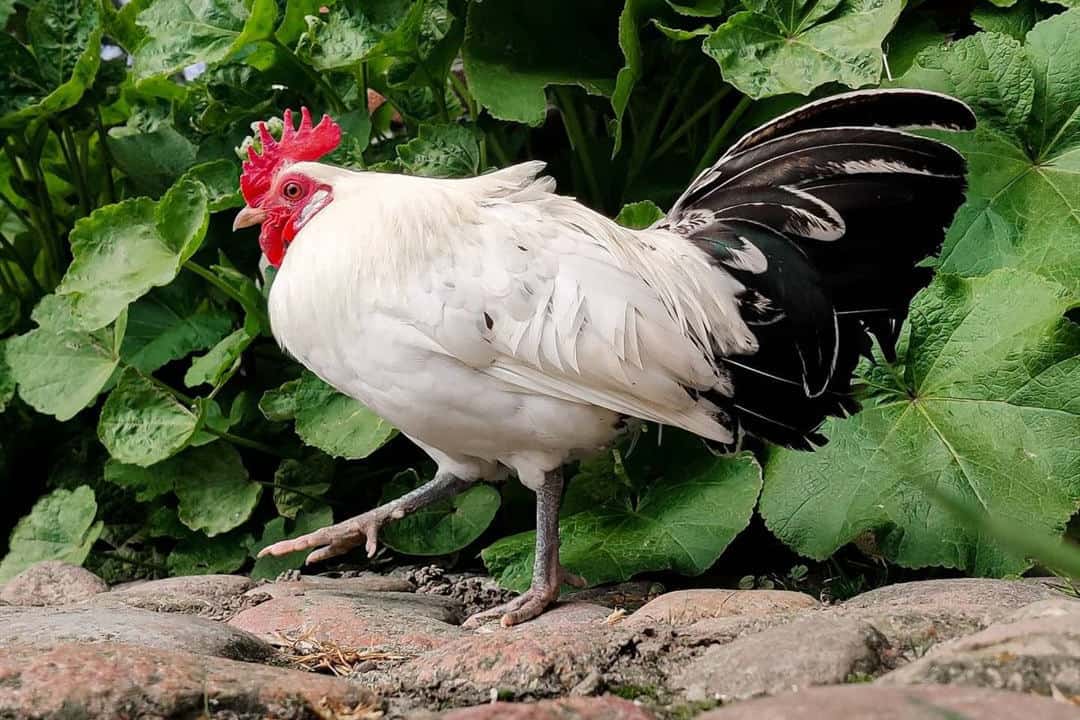
The history of the Bantam chicken goes back to Bantam, Indonesia, one of the country’s major ports. Sailors from Europe stopped at the nearby port in Bantam to gather the necessities for their travels (food and water).
While in port, they noticed that the chickens roaming the area were much smaller than the ones they were familiar with within their home country. After being intrigued by these tiny little birds, the sailors asked the locals about them and managed to arrange for some to travel back home with them.
The name of the town where the chickens were first discovered traveled with the breed to Europe and other countries, which is how this specific breed of chicken got its name. However, in English, the name was adapted to ‘Bantam,’ a slight change in spelling and pronunciation from the original.
Breed Standards of Bantam Chickens
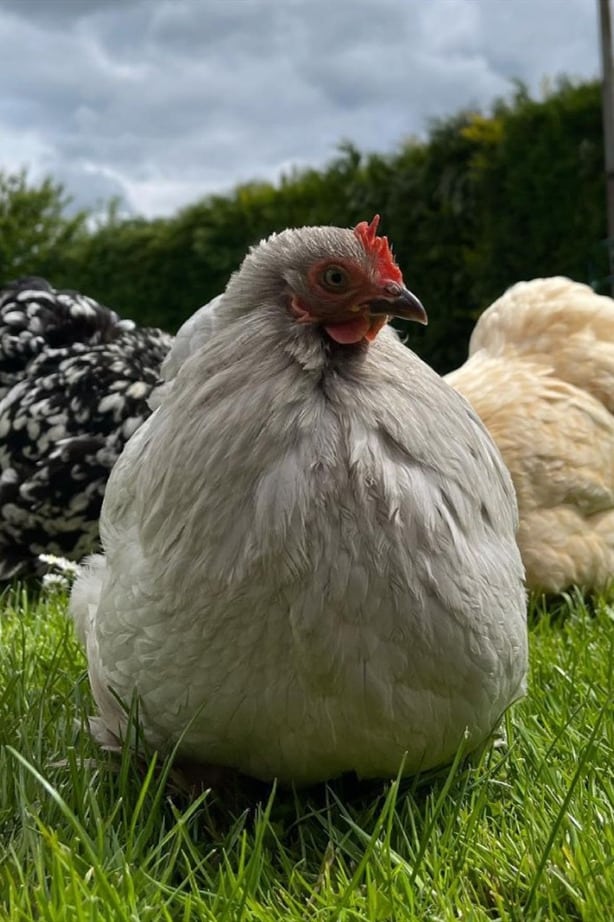
According to the American Bantam Association, there are three types of Bantam chickens, but over 400 varieties. These types are true bantams, miniaturized bantams, and developed bantams.
- True Bantam– A true bantam is a breed of bantam that is naturally small without any intervention from humankind and has no large fowl origins. These breeds include Rosecomb, Nankin, and Sebright.
- Miniaturized Bantam– Miniaturized bantams were derived from breeding with a standard breed chicken such as an Orpington, Rhode Island Red, or Cochin.
- Developed Bantam– This type of bantam is a smaller breed that humans has specifically bred to establish a new kind. Developed bantams have existed for so long that their background and origins are unclear. This type of breed includes Pekin (Cochin), Belgian and Japanese bantam.
The appearance of bantam chickens depends on the breed and variety. Most of the chickens share a standard appearance of a short round body with a slight tilt in their walk. Bantam roosters often throw their heads back and drop their wings toward the ground when they strut across the yard to show dominance.
Bantams often weigh no more than a pound as adults, about one-fourth the size of a standard chicken. The color of bantam chickens varies depending on the type. For instance, the Pekin chicken sports a mix of beautiful colors, including black, buff, lavender, white, and red.
In bantam chickens, some birds are feather legged, also known as “sablespoots.” This type of chicken should be kept in a clean pen free of large amounts of mud and chicken litter. This prevents the feathers from getting extremely dirty and crusty, providing the perfect host environment for scaly leg mites.
When it comes to how noisy bantam chickens are, they are actually rather quiet. Roosters are quieter than the average standard rooster, as they reach only 60 decibels when they crow; the standard rooster reaches 90 decibels.
The lifespan of a bantam chicken is similar to that of standard chickens. This breed can live a long time — for a chicken, that is. The average lifespan is between six (6) to eight (8) years — but some can even live as long as 15 years.
Personality and Temperament of Bantam Chickens
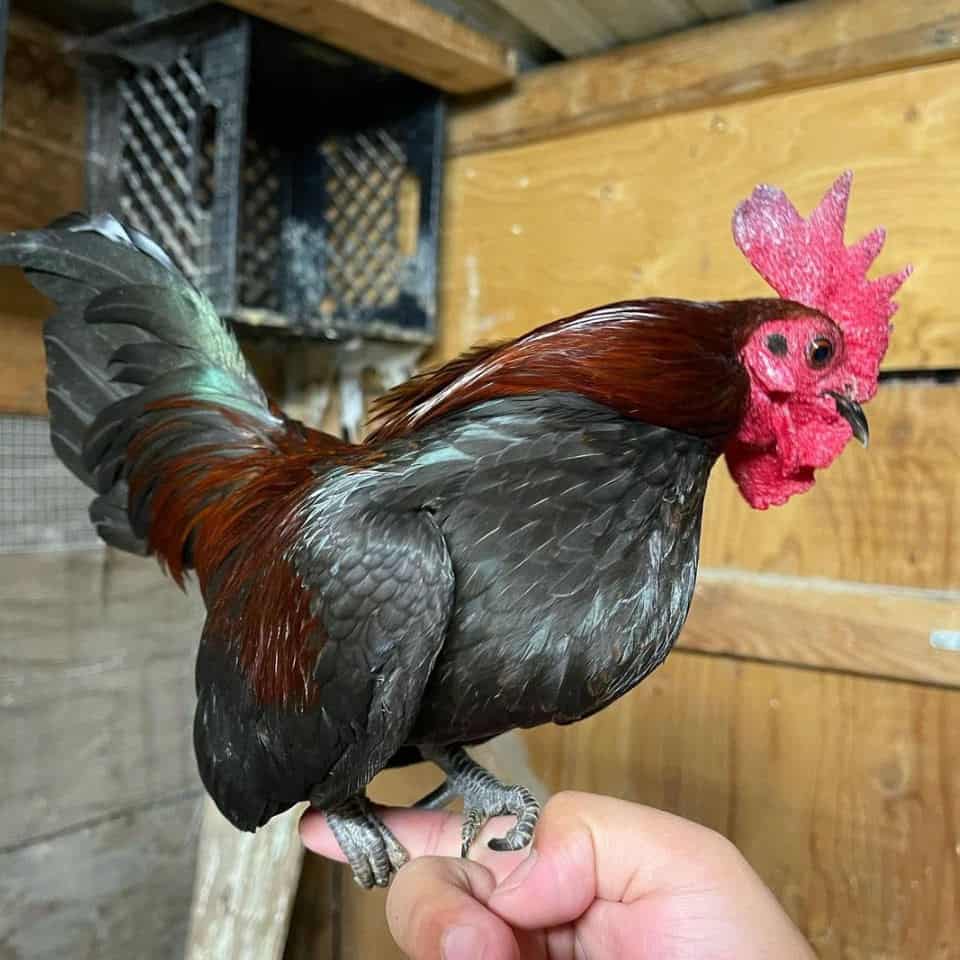
Bantam chickens are feisty in nature. Farmers have described these small chickens as having a tiger’s spirit in a small body. The strong personality that comes with bantams is one reason why they make great mother hens.
This breed is known to have no patience when it comes to intruders. If they feel threatened, they rarely flee. They will attack and fight to protect their environment, pen mates, eggs, and chicks.
Bantam Egg Laying
The average bantam chicken lays around 200 eggs a year; however, some breeds produce as little as 50 a year. These include the Japanese, Pekin, and Sebright Bantam. The egg color is cream-tinted, but some, such as the Easter Egger Bantam, produce colorful pastel eggs in various colors.
Once a Bantam chicken starts laying eggs, it will lay every other day for about four to six months. Then, they will stop producing while they shed their feathers (molting). Don’t worry, as they will get a new set of feathers.
The eggs produced by the bantam chicken are smaller than the average egg. In fact, it is approximately half the size. When cooking and substituting bantam eggs for standard eggs, the correct ratio is three bantam eggs for every two ordinary eggs.
If a rooster is around, it is highly possible that the eggs will become fertilized. Broody hens will lay eggs and start sitting on them to keep them warm. The bantam hen will sit on the eggs for approximately 21 days until they hatch, then keep the baby chicks under her wings until their main feathers (that provide warmth) develop.
Health Issues and Care

A bantam chicken will eat approximately one (1) pound of feed a month, much less than the average chicken. To supplement their feed, vitamin and electrolyte powder should be mixed within their food monthly, providing grit and calcium (eggshells are a great way to do that).
Also, it can be healthy for bantam chickens to have certain types of leftover table scraps, as these can provide extra nutrients. Be sure to only provide scraps that are safe and healthy for chickens.
Leg Mites
Since Bantams have leg feathers, they are more prone to scaly leg mites. The best way to prevent this is to ensure the pen and chicken’s legs remain clean. Regularly grooming your chickens can also be a great maintenance against leg mites.
Leg mites are common in this breed because they prefer the humid, warm conditions low to the ground. The mites can be trapped in their leg feather when they scratch around for food. If your Bantam chickens lives with poor hygiene, it can trap mites between feathers which will become an even more attractive breeding grounds for this disease.
Coryza
One of the more fatal conditions that occur with bantam chickens is known as infectious coryza or pip. Signs of this condition are sneezing, facial swelling, a drop in egg production, nasal drainage, and swollen eyelids with drainage.
To treat a chicken with infectious coryza, isolates it in a warm, clean environment and provide some water and an abundance of wholesome foods such as fresh veggies, bread, and milk.
Shelters
Bantam chickens can be raised as free-range birds or confined to a pen. Free-range means they can roam the property as they please and are provided a shelter (or coop) to keep them safe from the elements. Confined chickens are usually housed in a chicken coop with a run — or fenced-in area — that allows them to access the outdoors safely.
Regardless of how chickens are raised, they must have a sturdy coop that will give them a place to seek shelter from the weather and predators. A coop should include a sawdust or hay-based floor and a ladder-type setup of various heights for roosting.
There should also be boxes with hay inside for the bantam hens to nest in. The ideal setup would be that the coop has a door on it. This door can be closed at night to prevent predators from entering.
Keeping the chicken coop clean is essential since mites and diseases can harbor in the waste. Using a shovel or rake to remove the dirty floor material daily will keep the pen clean and the chickens happy.
Tips for Raising Bantam Chickens
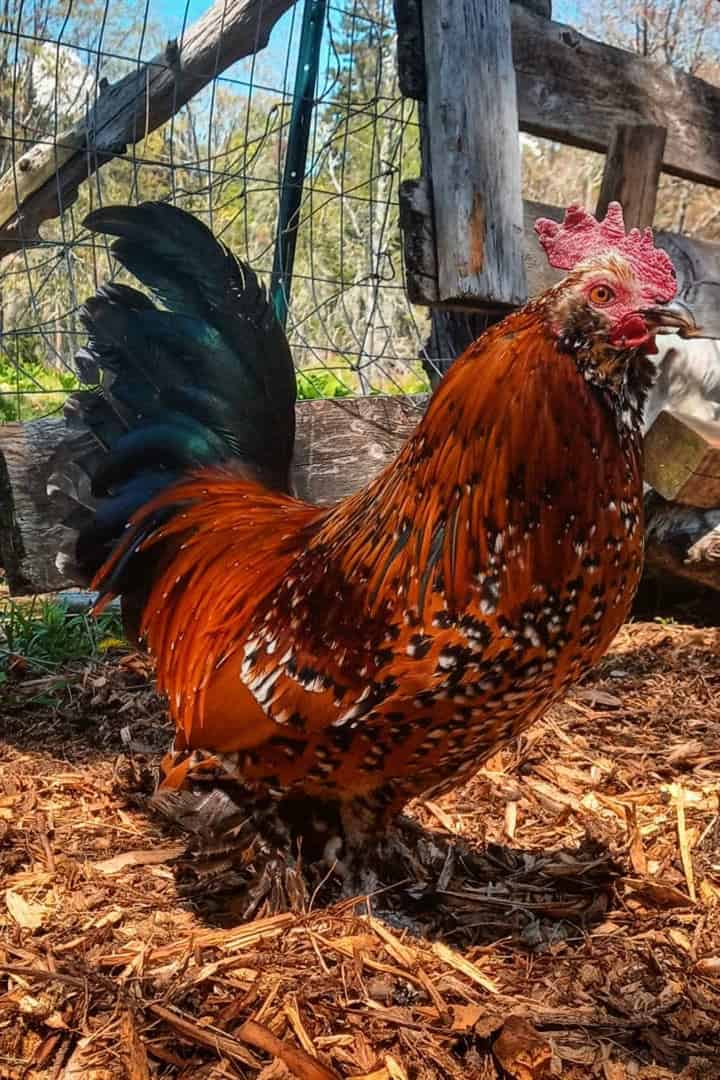
Cover the Run
Bantam chickens are excellent flyers, so they must have high beams to roost on and other areas to fly to. If the Bantams were enclosed, it would be a good idea to cover the top of the run so the birds cannot fly out.
Also, secure the pen and chicken run at the bottom where the fencing touches the ground. Predators can lift the fencing to get into the run with the chickens if not secured. However, Bantam chickens are very territorial and are willing to fight to protect their eggs, chicks, and themselves.
When storing eggs, it is perfectly okay to leave the eggs from Bantam chickens out on the counter in a basket as they do not have to be refrigerated.

Watch Out for the Predators
Bantam chickens are vulnerable to predators due to their small size because they lack the physical strength of larger breeds. This makes them easy targets for birds of prey (hawks) and other land animals (foxes).
This means that their only real defense is avoiding detection by staying hidden in the coop or with regular guarding perimeters. Without adequate safety measures in place, this petite breed can be taken off guard easily by a sneak attack from a much more agile predator.
Groom Regularly
It is important to regularly groom Bantams because of their smaller size. Look for dirt, mites, or parasites around the vent area and clean and trim feathers when needed. Special attention should be given to this breed as they have feathered feet like Silkie. Mats can occur if these leg feathers are not properly taken care of.
Summary
Raising Bantam chickens is easier than it may seem. Just like any animal, they need shelter, food, water, and attention. The same applies to bantam chickens. Watching these small birds enjoy life is entertainment — the eggs are just a delicious bonus.

Joseph Hudson has been raising chickens for over 15 years. In 2018, he completed the Agriculture & Natural Resources program at Mt. San Antonio College. He currently raises over 1400 chickens on his 7.5-hectare farm. He keeps sharing his experience on raising healthy and happy chickens on Chicken Scratch The Foundry.
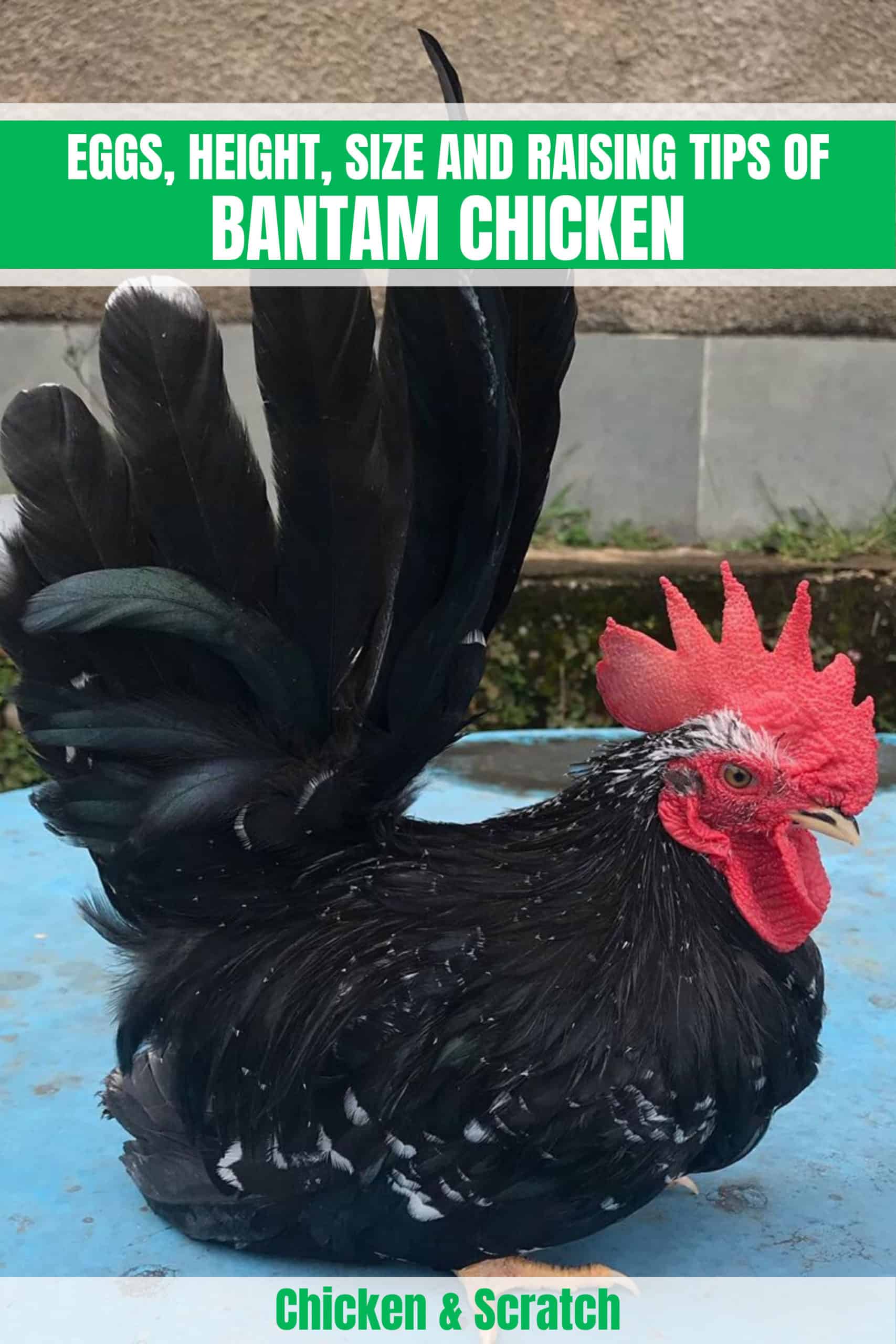
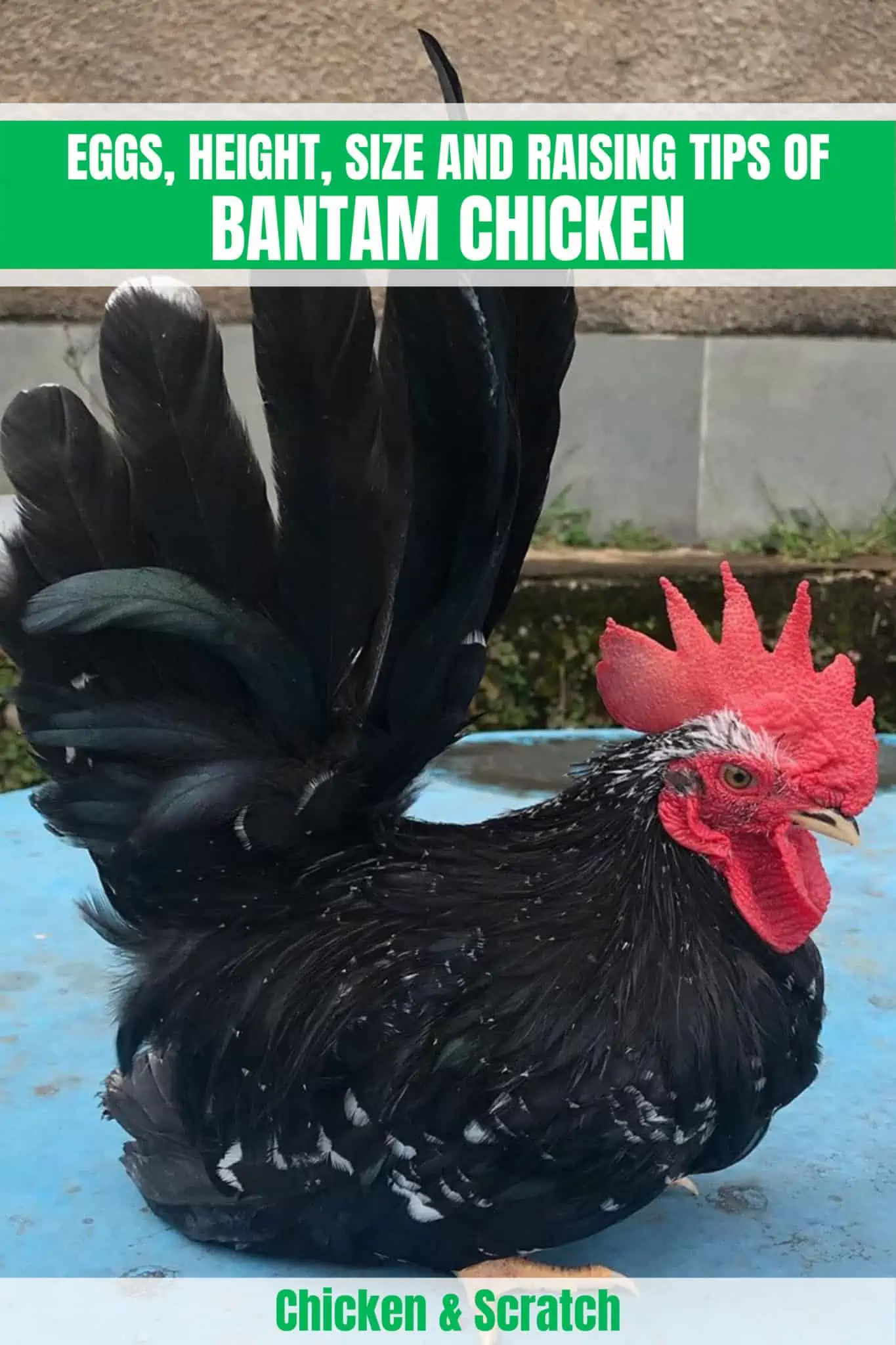







I like all chickens especially the bantam. Therefore your videos are very useful and educational for me and I want to know more. I think that I can find all I need here, so I’ll be be viewing your site very often. Thanks I’ve been trying to find this info for a very long time. Larry Roden